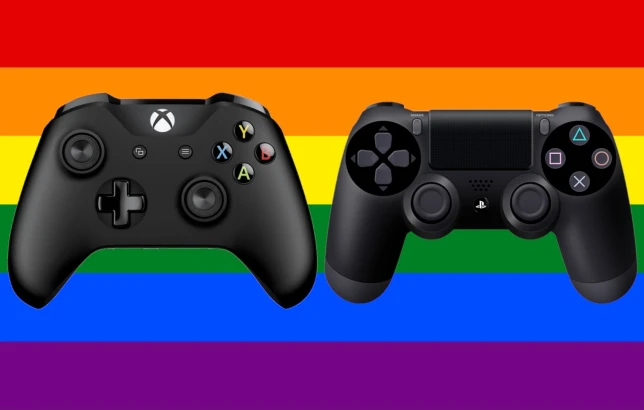
The fight for gay rights isn’t limited only to real-world spaces. There’s a swelling movement for greater diversity and LGBT representation in video games that’s about to reach a national tipping point. For example, Nintendo, a major video game company, issued a public apology for failing to include same-sex relationships in “Tomodachi Life”, a new life simulator that lets users customize everything about their playable characters except the sex of their significant others. The company claimed that the future version of the game will be “more inclusive.”
The video game industry started coming into focus in the early 1970s – almost parallel to the LGBT rights movement – following the success of the basic tennis game “Pong”.
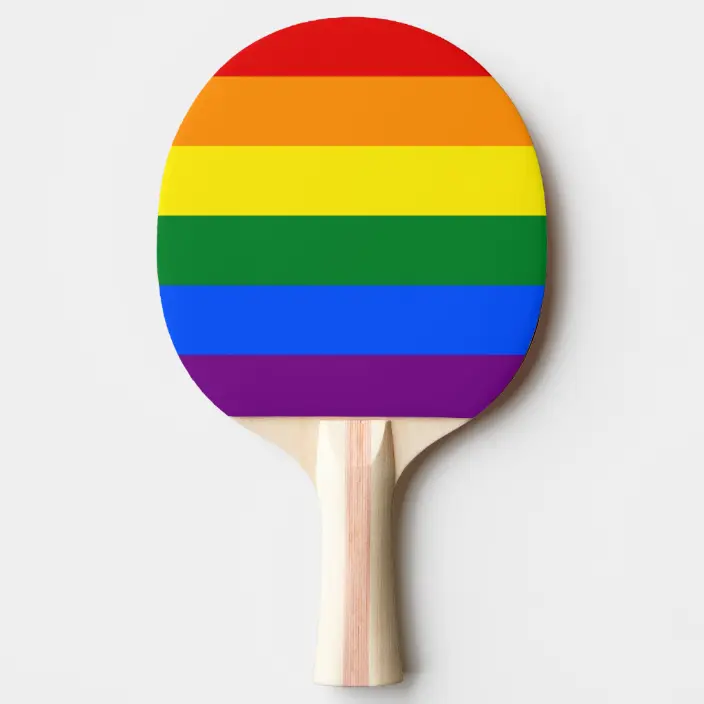
The 1980s was a difficult time for gay relations. It was an era with the rise of AIDS and very little support from politicians. General LGBT representation was low across all mediums and was often demonized. In the 70-year history of video games, from “Super Mario Bros” to the hundred-million-dollar epics we see today, it took over 60 years for a gay person to show up as a major character in a mainstream release. Modern game titles now have more people who exist outside traditional gender and sexual orientations. Now there are relatable and realistic gay characters young gamers can be inspired by.
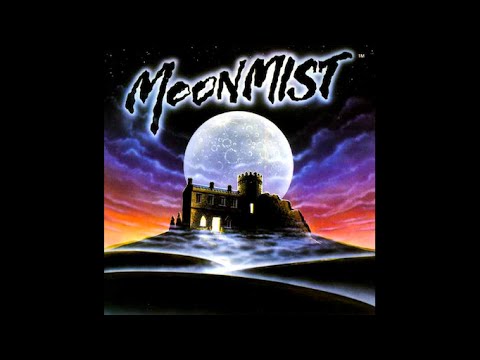
Like most businesses dominated first by heterosexual men, inclusivity was not a priority for all game designers and publishers. But LGBTQ characters did exist relatively early on in the industry if one knew where to look. The 1986 computer game “Moonmist” which was about a detective investigating ghosts in a castle, featured a scorned lover who is thought to be the first lesbian video game character though it was not explicitly stated.
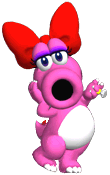
Although “Moonmist” came first, Birdo – a pink dinosaur from “Super Mario Bros. 2” – is still around today. This character is believed to be the first transgender in video games. This is a surprising fact because the character was created by Nintendo, a company still conservative in its references to gender and sexuality. Other notable video game characters from around that time include another transgender woman who appeared in “Circuit’s Edge” (1989) and a gay librarian in “Dracula Unleashed” (1993).
Among all game developers, only Japanese video game programmers were the only ones who were willing to represent the community. Japan has actually created a number of camp characters over the last two decades like wispy general Zhang He from the “Dynasty Warriors”, Cloud Strife from “Final Fantasy VII”, or the svelte narcissist Vega from “Street Fighter II”.
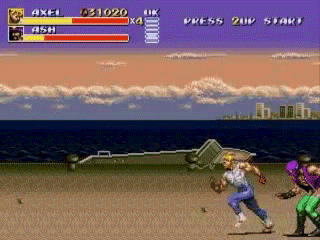
Japanese RPGs have never been afraid to throw a little cross-dressing or playful gay innuendo around. Though any Western characters at the time were treated with ridicule or jokes and more often were censored, it was the American developers who started giving gay characters actual plot lines. In 1998, the RPG game “Fallout 2” became notorious after it featured same-sex marriage at a time when it wasn’t even possible in America.
In the late ‘90s and early 2000s, as a precursor to games like “Dragon Age”, many games unveiled the ability for players to choose the sex of characters or make choices. These choices often impacted the main character’s relationship with others. In the new millennium, the consolidation of gay rights was a matter of mainstream conversation. Now gay people could pursue “ordinary” lifestyles with a partner, house, and children. Same-sex domesticity in video games wasn’t far behind.
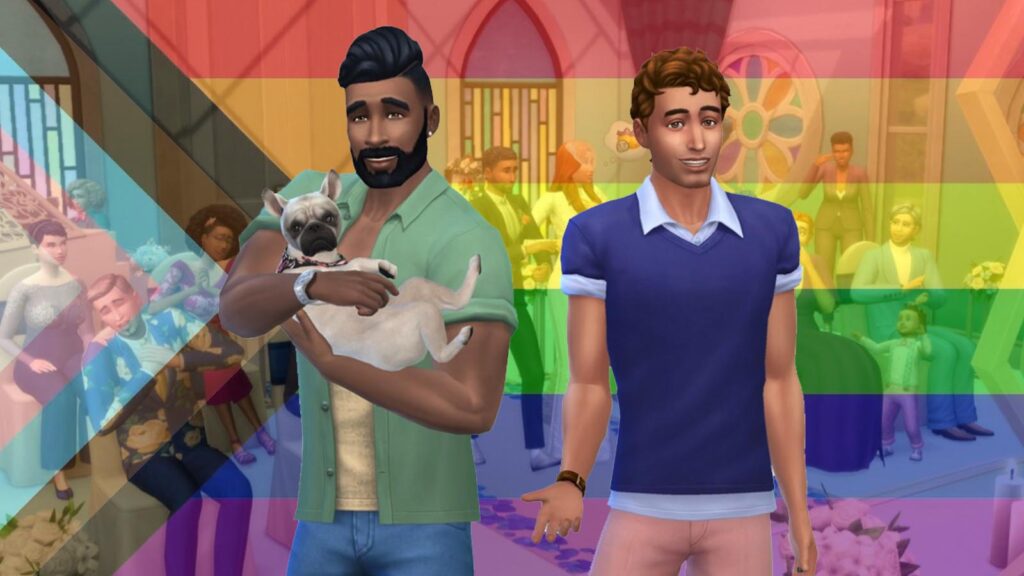
Everything began to change with the release of “The Sims”. This life simulator was released in late 2000. The game allowed players to decide the look, attitude, aspirations, and sexuality of their playable character. Thanks to a little miscommunication between developers, the ability for characters to romance whomever they wished was added into the game turning it into a now-iconic life simulation game. This game became a global hit that spurred many sequels which have sold million of copies worldwide.
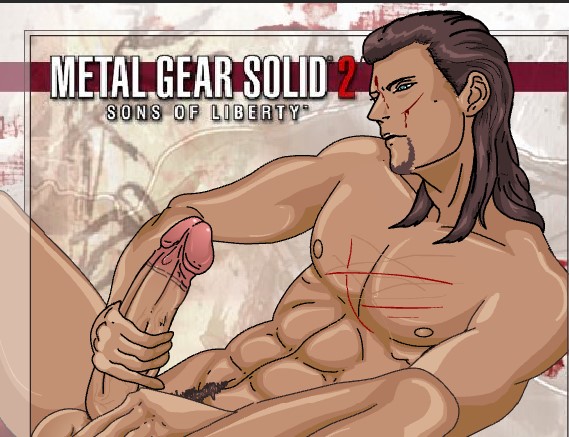
Later in 2001, part of the “Metal Gear Solid” series called “Metal Gear Solid: Sons of Liberty” was released. This game featured the bisexual character Vamp. He was an antagonist, but thanks to the tradition of “Metal Gear Solid” games, he was the type of bad guy the player could sympathize with. Later in the series, the plot of “Metal Gear Solid: Snake Eater“, a game released in 2004, suggested a romance between two male antagonists.
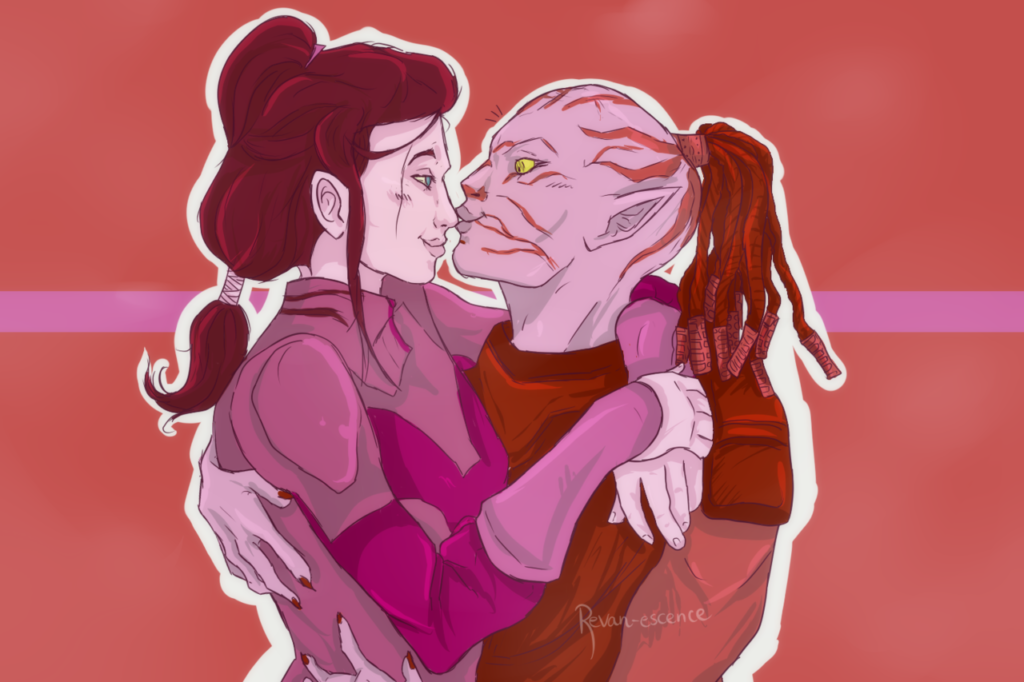
In 2003, a role-playing game from “Star Wars” franchise called “Knights of the Old Republic” was released by Bioware. This was the first game in “Star Wars” universe that would allow the player to have romantic relationships with a lesbian Jedi knight called Juhani.
Treatment of LGBT characters by well-known studios starts to become normalized only in the early 2000s, especially in role-playing games like “Fable” and many others. At this point, we start to enter into a more modern period for both video games and LGBT representation in them. The aforementioned “Fable” and another game from Bioware called “Jade Empire” were some of the first Western games to allow the playable character to engage in homosexual activities. The world started to turn in favor of the LGBT community and so did game developers. LGBTQ inclusion in the video game industry continued to rise throughout the 2010s and into 2020. Many modern mainstream video games, like “Life Is Strange” and the GTA series now include well-developed LGBTQ characters.
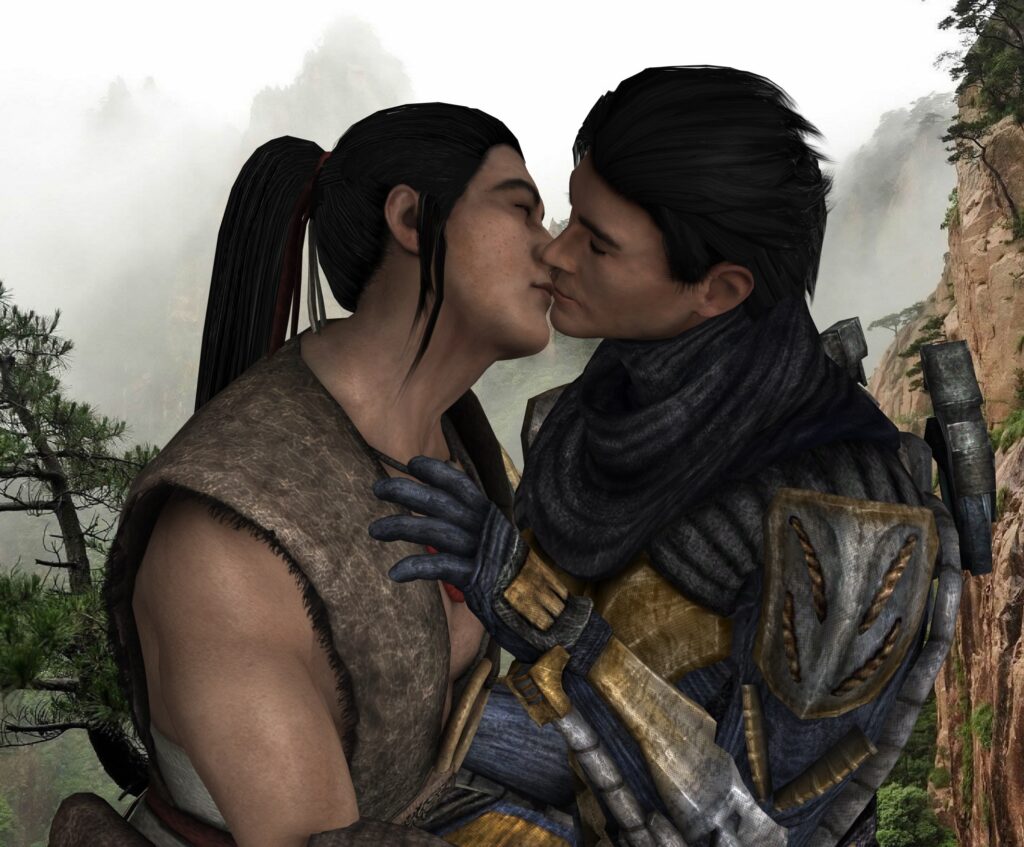
For example, the famous franchise “Mortal Kombat” now features the first gay playable character Kung Jin who is the nephew of Kung Lao.
In 2013, same-sex marriages were legalized which gave start to a new era. This was also the year when gamers were introduced to Ellie, one of the main characters in “The Last Of Us”. This game is widely considered to be one of the greatest games of all time. The main character in the award-winning game is presented to players as a solemn, brave, and mature girl. But she is also a little-known lesbian, whose budding romance is retold in the prequel “Left Behind”. The second part of the game (released in 2020) also features a trans male character called Lev, who escapes his abusive family after being subjected to many cases of abuse.
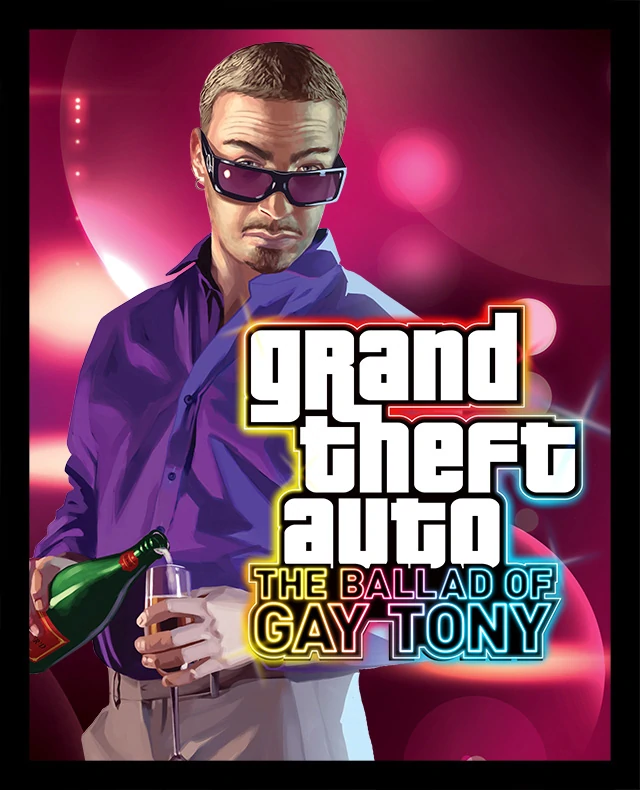
Surprisingly, many LGBT+ characters were featured in the games created by the famous studio Rockstar. For example, “The Grand Theft Auto” series, a franchise that has had both critical praise and criticism for its depiction of urban and gangster life, has a downloadable expansion for Grand Theft Auto IV called “The Ballad of Gay Tony”, in which titular character Tony losses control of clubs empire in the fictional Liberty City. Another famous playable character from the fifth part of the GTA series, Trevor, is rumored to be a pansexual.
To conclude, many gamers, whether in the 80s, 90s, or 2010s, have had their moment of recognizing someone like them in a video game. Games like “Dragon Age”, “GayBlade”, “The Sims”, “The Last Of Us”, and GTA mean different things to different people. But together they represent an industry that has gone from featuring stereotypes and coyness to truthful, three-dimensional characters with their own happiness, pain, regret, and other beautiful emotions.
Recent Comments
yes pls daddy
did they change the code
Cool
watch porn
the game frost
ohh, it felt and still feel so deep hot and loving to be in such a marriage 20 years conuesly.
Does game crash for everyone or is it just me?
ha he uanzbabjshd
how to play???
20